Contrary to popular belief, diamonds are not inherently rare compared to other gemstones, yet they come with a hefty price tag. This raises the question: Why are diamonds so expensive?
The primary factor behind the high cost of diamonds is the dynamics of supply and demand in the market. Companies like De Beers play a significant role in controlling diamond supply, strategically stockpiling them to limit availability and drive up both demand and prices.
But how exactly do they manipulate diamond prices, and what can you do to avoid overpaying when purchasing a diamond?
Not to worry! We have addressed all of these questions in this article, so let’s delve right in and explore the intricacies of diamond pricing.
DESIGN YOUR OWN ENGAGEMENT RING: START WITH A SETTING OR START WITH A DIAMOND. IT’S REALLY UP TO YOU!
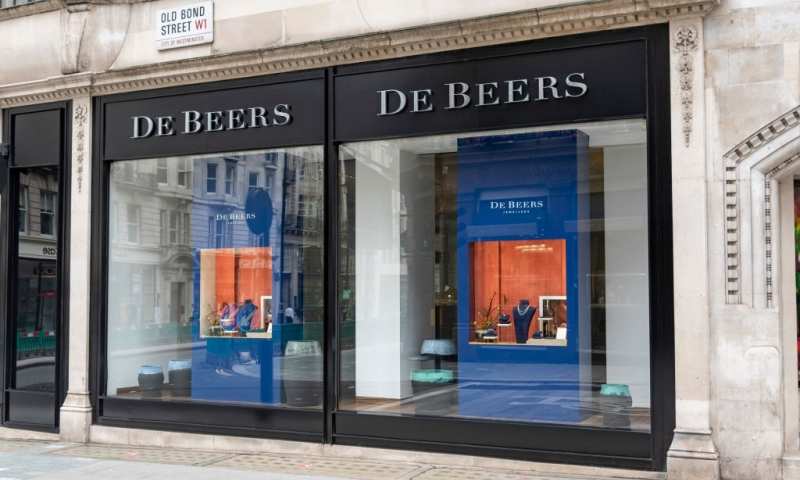
The De Beers Corporation
If you have some knowledge about diamonds, you’ve probably come across the name De Beers, the dominant player in the diamond industry that controls approximately 40% of the world’s rough diamonds. Their influence on the market is extensive.
One of the key events orchestrated by De Beers is their diamond sights, held several times a year. These sights serve as a platform where diamond dealers compete to become sight-holders, granting them the opportunity to view and purchase diamonds directly from De Beers.
During these sights, De Beers determines the quantity and type of rough diamonds to be sold to each company, as well as the prices at which they are offered. The dealers have a binary choice: accept or reject the offer, with each transaction often involving millions of dollars. Negotiation is not an option.
Sight-holders are bound by strict rules that prohibit them from selling these diamonds to retailers who might offer lower prices. De Beers maintains the right to monitor the sight-holders’ markets, examine their inventories, and even conduct audits.
How De Beers Influences Diamond Market Value
When diamond prices decrease, De Beers responds by reducing the quantity of diamonds sold, thus reducing supply, or by increasing fees charged to sight-holders.
Furthermore, if a new supplier enters the market with diamonds of similar quality but substantially lower prices, De Beers may flood the market with their own diamonds to outcompete the newcomer.
De Beers goes to great lengths to safeguard the diamond market, even purchasing diamonds stolen from its own mines to prevent thieves from selling the stones at discounted prices.
Now that you understand how the diamond market is controlled, let’s explore how to calculate diamond prices to ensure you don’t fall victim to overpaying and getting ripped off.

Basic Rules For Buying A Diamond
When it comes to getting a good deal on a diamond, it’s important to be informed and take certain steps to ensure you’re making a wise purchase without getting scammed. Here’s a guide to help you navigate the process and secure the best deal:
- Certification: The first and crucial step is to prioritize diamonds that come with a certification. If you’re planning to spend over $1000, it’s essential to have a certified diamond. The certification provides assurance that you’re buying a genuine diamond. Look for certificates from reputable labs like GIA (Gemological Institute of America) and AGS (American Gem Society), as they are considered the industry gold standards.
- Quality: Familiarize yourself with the information listed on the diamond certificate. The certificate will detail various qualities of the diamond. You might have heard about the 4Cs of diamonds, which include carat weight, cut, color, and clarity. Understanding these factors and their significance will help you make informed decisions about the diamond’s quality.
- Pricing: To determine the right price for a diamond, it’s essential to compare prices from different sources. Shopping around and researching online can give you a baseline to assess the value and determine if a price is reasonable. Generally, physical stores tend to be more expensive compared to online retailers. By doing your due diligence, you can gauge whether a price aligns with the quality and characteristics of the diamond.
Remember, buying a diamond is a significant investment, and taking these steps will help you make an informed decision and find the best deal that meets your requirements and budget.
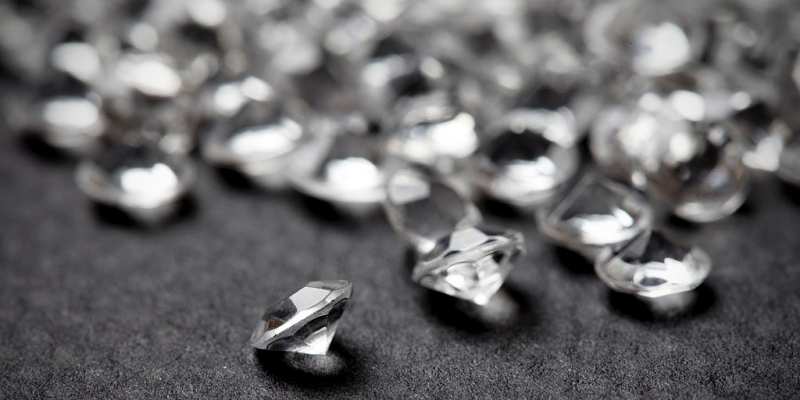
Diamond Prices
Diamond prices are determined based on the carat weight, cut quality, shape, color, and clarity of the diamond. Here’s an example to illustrate the price range:
- A 1-carat diamond can cost anywhere from $1,500 to over $15,000, depending on its cut quality and overall quality.
- For a 2-carat diamond, the price can range from as low as $600 to as high as $70,000, depending on factors such as cut, shape, color, and clarity.
As you can see, there is a significant price variation, with some diamonds being priced up to ten times higher than others of the same carat weight.
Diamond prices depend on a wide range of factors, making it challenging to provide a general estimate. The 4Cs (cut, clarity, color, and carat weight) play a significant role in determining the price. Generally, diamonds with better 4C characteristics will be more expensive. However, it’s possible to find high-quality diamonds without breaking the bank by prioritizing factors that affect their appearance while minimizing expenses on factors that have less impact.
Calculating the price per carat is straightforward. For example, if a 0.5-carat diamond has a price of $1,300 per carat, the total price for the stone would be $1,300 multiplied by 0.50, equaling $650. Similarly, a 1-carat diamond with a price of $4,200 per carat would have a total price of $4,200.
It’s important to note that diamond prices per carat increase significantly as the carat weight increases. The price of a 1-carat diamond typically falls within the range of $1,300 to $16,000, depending on factors such as cut quality, color, clarity, and shape. The price ranges for common diamond shapes are as follows:
- Round brilliant cut: $2,500 to $16,000
- Princess cut: $1,600 to $11,000
- Cushion cut: $1,600 to $9,500
- Emerald cut: $1,600 to $10,000
- Oval shape: $1,600 to $10,500
- Radiant cut: $1,300 to $7,000
- Asscher cut: $1,800 to $6,800
- Marquise cut: $1,700 to $10,000
- Heart shape: $1,700 to $12,000
- Pear shape: $1,800 to $11,500
These price ranges can vary based on the specific characteristics and quality of the diamonds.
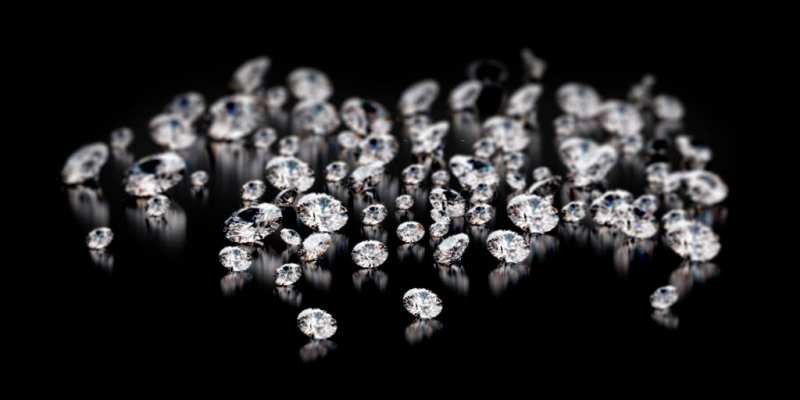
How To Save Money When Purchasing A Diamond?
Finding the right balance between value for money and quality is key to saving money when purchasing diamonds. This involves following several steps:
Step 1: Understand the Importance of Categories
Diamonds are often priced based on their category rather than solely on their appearance. The value can vary significantly between different carat weight categories. For example, a 0.99-carat diamond may have a slightly higher price than a similar stone weighing 0.98 carats, but a 1-carat diamond can be worth around 20% more than a 0.99-carat diamond. This pricing discrepancy is influenced by emotional factors and consumer perceptions.
Step 2: Consider the Impact of Cut on Price
The cut of a diamond plays a significant role in determining its price. Diamond cutters face challenges in maximizing the beauty of a diamond while ensuring it meets specific carat weight categories. Some large diamond companies may prioritize weight over cut quality, resulting in diamonds that could have been better cut to fall into higher carat weight categories. It’s important to recognize that a well-cut diamond with slightly lower carat weight can be more visually appealing than a poorly cut diamond with a higher carat weight.
Step 3: Evaluate the Influence of Color and Clarity on Diamond Price
Diamond pricing is also influenced by industry price lists, such as the Rapaport Prices, which establish standardized pricing based on clarity and color grades. However, it’s crucial to note that the cut of a diamond has a more significant impact on its appearance than clarity and color in most cases. A diamond with a lower clarity or color grade but an ideal cut can appear more beautiful than a diamond with higher grades but an average cut.
To navigate the complexities of diamond pricing, it’s beneficial to seek guidance from experts who can provide insights into the various factors that affect diamond prices. By understanding these factors and making informed decisions, you can find a diamond that offers both quality and value.
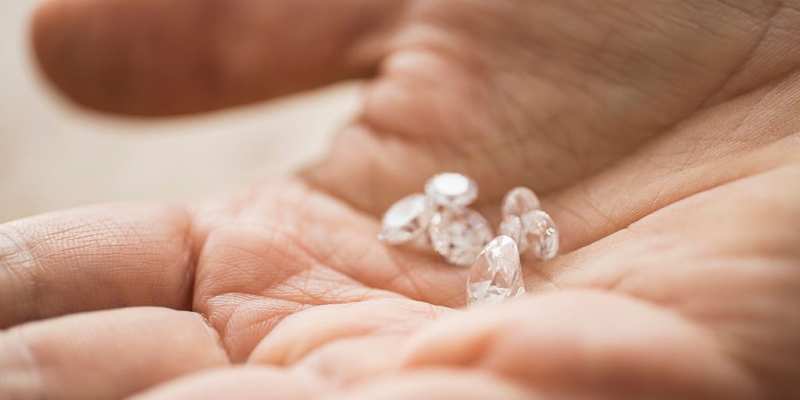
What Is Rapaport Price List?
Martin Rapaport began his career in the diamond industry as a rough sorter and cleaver in Antwerp, Belgium. In 1975, he established himself as a broker of rough and polished diamonds in New York City. Three years later, in 1978, he introduced the Rapaport Prices List.
Apart from creating the renowned price list, Rapaport has made significant contributions to the diamond industry by founding various businesses. These include an electronic trading network and diamond-related news outlets in print and web formats.
The Rapaport diamond price list is released on a weekly basis, although it may not change every week. This list serves as a reference point for pricing loose diamonds sold individually, generally with a clarity grade of SI3 or better and a color grade of K or better.
However, alternatives to the Rapaport list have emerged over the years. Critics point out that Rapaport’s methodology remains undisclosed, and as he has a financial interest in diamonds, a conflict of interest may arise.
One notable alternative is the pricing standard offered by IDEX, a company that operates an online B2B diamond exchange and analysis platform. Unlike Rapaport, IDEX provides full transparency regarding its methodology in determining diamond prices. Although the IDEX price list has gained support from major diamond dealers, it has faced resistance in the broader market.
In addition to the Diamond Price Report, IDEX offers the Diamond Retail Benchmark, which is a customer-focused price list. Similar to the Rapaport list, it provides a standard price, and retailers typically apply a discount to arrive at the final selling price.
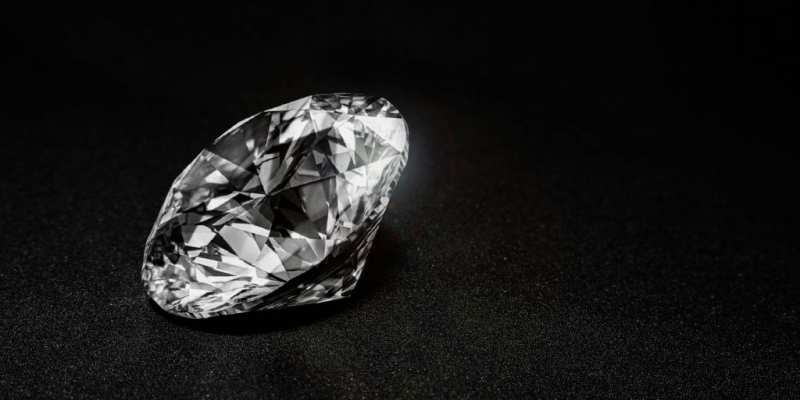
Bottom Line
What drives the high prices of diamonds? It all comes down to market demand, and De Beers plays a significant role in manipulating the supply and demand of diamonds.
It’s important to understand that when it comes to diamonds, there may be good deals available, but not necessarily great deals. If a diamond is priced extremely low, it likely has a drawback in one of the 4C’s (cut, color, clarity, and carat weight).
To make informed decisions, it is crucial to have a good understanding of the factors that contribute to a diamond’s price. By being familiar with these factors, you can navigate the diamond market more effectively.


